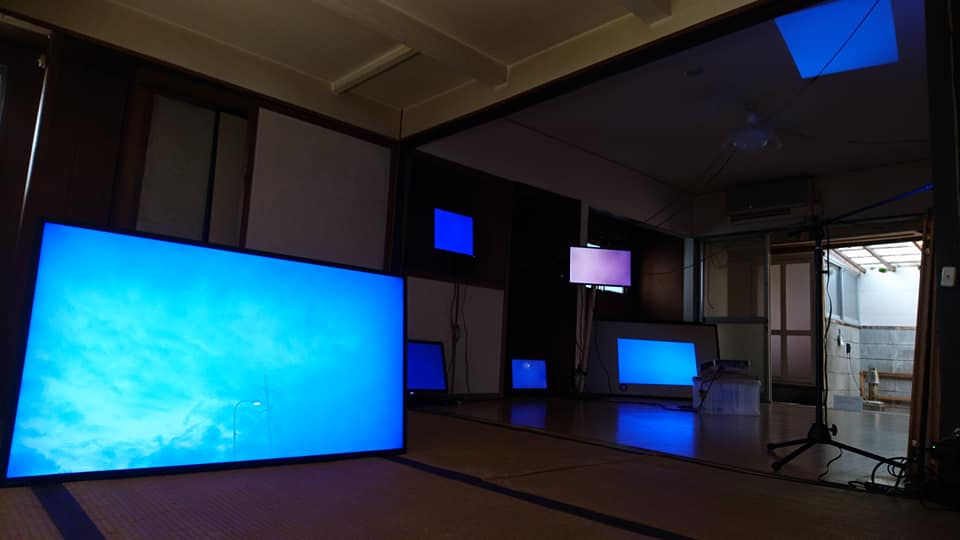Anonymous (#1 - #4)
2018
ink-jet print, Variable size

In prewar Japan, there was a national policy called "private confinement," meaning that mentally ill patients were confined to a place close to their homes to live. In the book "Actual Conditions and Statistical Observations of Private Confinement of the Mentally Ill (Shuzo Kure, 1918)," which documented this system, several photographs caught my attention. In addition to the patients, the photographs show people who appear to be medical personnel or family members of the patients, but for some reason their faces are painted over or unnaturally framed out, making it impossible to identify them.
I am not sure if this was intentional or accidental, but I felt I saw something I was not supposed to see. It seems to symbolically reflect the guilt and guilt of the people and society at that time who confined the patients.
In this work, several photographs are projected on a projector, and the artist appears in the photographs as if he were imitating a "nameless" person of whom we do not know who he is. The imitation of a flesh-and-blood body in the projection makes us feel as if we are once again complicit in the acts related to the "private confinement".
We are not bystanders, but rather we may be complicit. We are unconsciously treating many issues as invisible.

Video
Sound
Photo
Performance
Imagination as a Form of Capital (ALTERNATIVE KYOTO)
October 1 - November 7, 2021
Various locations in Yagi Town, Nantan City | Kyoto, JPN
Untouchable
22 Feb - 10 Mar, 2019
Kitasenjyu BUoY 2F gallery | Tokyo, JPN















